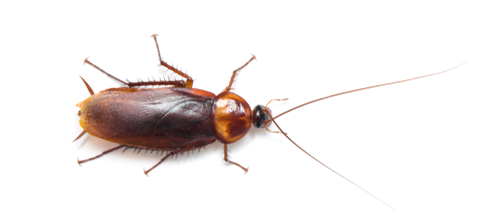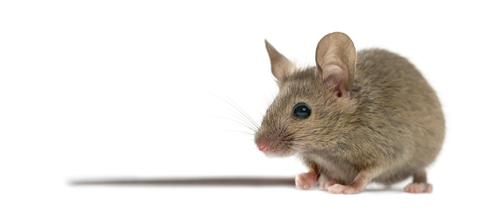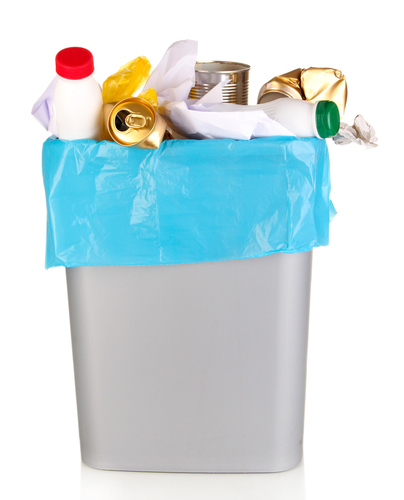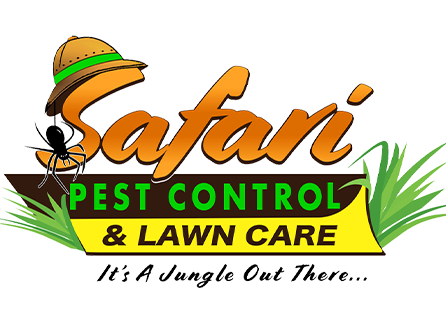
When tenants rent your property, they do so expecting to have quiet enjoyment of the property. They believe the rental is safe and will continue to be that way. Therefore, the last thing they want is to discover they have to share the home with unwanted guests: pests.
Pests in a rental property are a source of constant harassment and frustration to the tenants in the property. Pests can do all kinds of damage to renters in a rental property. They will afflict both the people who live in the home and their possessions.
For landlords, pests expose your property to the threat of recurring and expensive physical damage. On the financial side, they make the rental unattractive and endanger your investment. As a landlord, you should hate pests in your rental property as much as your tenants do.
However, pest extermination is costly. In addition to the exterminator’s fees, there is the cost of unhappy tenants and the expense of fixing physical damage to your property. That is why the best way to deal with pests is to keep them out of your rental property altogether.
But this is easier said than done. Pests are the sneakiest creatures you will ever come across. Rodents, like mice, can be in a home for a long time without your being aware of them. Roaches will hide away during the day, only coming out at night when the tenants are asleep.
What are the steps to keep your rental property free of pests, make tenants safe and happy, and ensure that your property is consistently attractive and profitable?
Tips for keeping pests out of your rental property
1. Close-off pest access points

Rodents and roaches, in particular, do not need large openings to get into the home. Mice and rats will squeeze through holes that are less than half their size. In addition to giving pests a way to enter the house, small openings - on the walls, cabinets, or closets - give pests a place to build their nests. Getting rid of access points and nesting sites makes the home unfriendly to pests.
2. Remove sources of food and water
Pests need food and water to survive. If there are pests in a home, they are there because they have access to food and water. Like humans, pests are trying to survive, and they make their homes close to locations that make their survival possible. Leaving the sink stacked with dirty dishes or leftover food uncovered are invitations to pests. Additionally, areas of the home that are habitually wet or moist will attract pests.
3. Remove clutter from the premises
Piles of stuff, such as wood, paper, broken equipment, abandoned automobiles, or play-sets predispose a rental property to pest invasion. Also, long grass and thickets provide hiding room for pests. Pests that take up residence in these places may eventually make their way into the home to take advantage of the ready food supply. By removing clutter from the premises, you deny pests their hiding places and reduce the attractiveness of your property to vermin.
4. Eliminate breeding grounds
For both bugs and rodents, standing water is a draw. Mosquitoes use them as breeding grounds, while roaches and rodents drink from them. If water collects around the property, pests will inevitably find their way to the home. But it is not just standing water in the yard that is a problem; leaking pipes and faucets inside the house will also create the right conditions for pest infestation.
5. Proper refuse disposal

Refuse bins that are left uncovered or refuse bins that are allowed to overflow are rodent heaven. Pests linger around waste collection points to take advantage of the overabundance of food. A rental property should have more than enough refuse bins to keep them from overflowing. Always cover your waste. Furthermore, refuse should be removed promptly from the premises to keep it from piling up.
6. Educate your tenants
Preventing pest invasion of a rental is as much the tenant’s problem as it is the landlord’s. In a way, the greater responsibility belongs to the renters since tenants are always in contact with the property. For this reason, educate tenants on the steps explained above. To make sure they follow the rules, include terms that spell out tenants’ responsibility for pest prevention and extermination in the lease agreement.
7. Inspect regularly
Finally, conduct regular inspections. While you and the tenants’ involvement in preventing pest invasion are vital, it is not enough. You need a professional pest exterminator to ensure the rental property is pest-free. Periodic inspections by an expert help detect tenant behavior that exposes the home to pests. It will also let you catch pest invasion at the early stage before it becomes a bigger problem.
